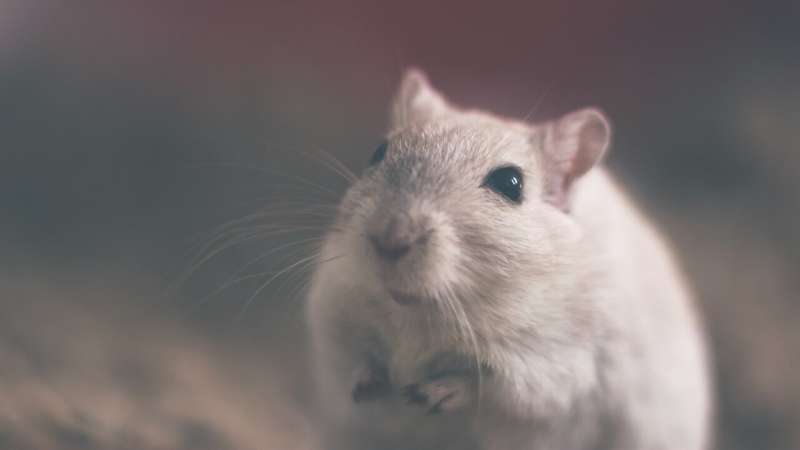October 18, 2019 report
Study shows mouse cerebellum quite different from human

An international team of researchers has found that the mouse cerebellum may not be a good model for the human cerebellum in brain studies. In their study published in the journal Science, the group describes their comparison study that involved the human, mice and macaque cerebellums as they developed.
Prior research has suggested that the mouse cerebellum and the human cerebellum are enough alike that experiments on the mouse cerebellum can be conducted to learn more about how the human cerebellum works. The cerebellum in humans is the part of our brain that deals with sensory information and the ways we respond to it. In this new effort, the researchers sought to find out if the mouse cerebellum truly is enough like the human cerebellum for results from such experiments to be useful.
The work by the team involved very closely studying the development of the cerebellum in mice, humans and macaques—another animal that is used for cerebellum studies. After obtaining human cerebellum tissue samples from hospitals and other institutions, mouse samples from test mice and images of macaque cerebellum tissue from prior research efforts, the team compared them. They found they had enough material and data to compare cerebellum development from 30 days post-conception to approximately nine months after birth.
The researchers report that they found a completely unexpected difference—a group of progenitor cells that had never before been seen in the human cerebellum or in the brains of either the mice or macaques. Until this finding, such cells had been seen only in the human cerebral cortex. They also found that some of the progenitor cells in an area called the rhombic lip were the source of cerebellar granule neurons. And they found that the rhombic lip took longer to develop in humans than the other two animals—it continued maturing throughout gestation. They suggest such clear differences could mean that comparison of the cerebellum across mice and humans may not be as revealing as has been hoped. They also note that such differences might also explain why it has been so difficult to mimic cerebellum-based human defects in animal models.
More information: Parthiv Haldipur et al. Spatiotemporal expansion of primary progenitor zones in the developing human cerebellum, Science (2019). DOI: 10.1126/science.aax7526
© 2019 Science X Network


















